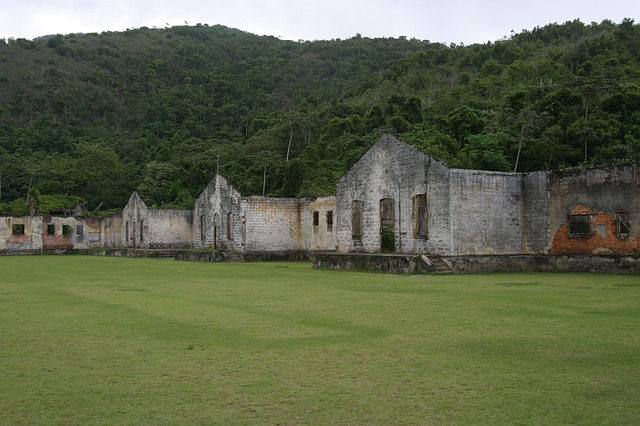
An abandoned former Brazilian prison
The Latin word praesidium , which can be translated as “protection” , refers to the prison where people who committed serious crimes and were deprived of their liberty as a sentence are held. The sentence itself and the group of subjects imprisoned in the same establishment are also called presidio.
Some examples
Let's look at some sentences to contextualize the term: “Three prisoners escaped from a prison in southern Brazil and remain at large ,” “The prosecutor requested prison for the three accused,” “The deputy's son was sentenced to ten years in prison at having been found guilty of several scams.”
In these three examples we notice different uses of the word presidio . In the first we talk about a prison, referring to a penitentiary facility, that is, a building in which people who break the law are confined so that they can serve a certain sentence.
The second sentence uses the term prison in another sense, that of the same penalty to which delinquents and criminals are sentenced. Precisely, the prosecutor asks the judge that the three accused people receive a sentence that deprives them of their freedom.
Finally, we are faced with an example in which the use is similar to the previous one: the deputy receives a sentence that forces him to spend a decade in prison as a result of the multiple scams he had committed.
ancient fortress
The idea of a presidio, on the other hand, refers to an ancient fortress that used to be used for soldiers to quarter themselves . It also allows naming the garrison arranged in specific places for their custody.
Inspired by designs from the time of the Roman Empire , presidios were fortifications that usually functioned as a bulwark on borders . Thanks to these constructions, and the troops they sheltered, a defensive barrier was developed that made it possible to provide protection to the interior of the territory.
Royal Prison of San Francisco
An example of this type of structure is the Royal Presidio of San Francisco , in California ( United States ). It is located at the northern end of the San Francisco peninsula, inside the so-called Golden Gate , a national recreation area .
Since the end of the 18th century , when the Spanish used this prison as a starting point to expand in the region , it was a fortified area. The building later fell into the hands of the Mexican authorities and finally, after the Battle of Yerba Buena, into the hands of the American government.
It was not until 1989 that the Presidio of San Francisco lost its military status, something that arose from the military reduction program that they carried out at that time and that Congress supported in the votes. Five years later, the Presidio of San Francisco was transferred to the National Park Service, to begin a public and commercial use , more than two centuries after its inauguration as a prison.

The Presidio of San Francisco currently functions as a park
In 1996, Congress created a platform for the administration of 80 percent of the old prison, leaving the other 20 percent in the hands of the National Park Service. Today, this historic site exhibits wide spaces of rich vegetation , some hills and stunning views of its natural landscapes. Among the buildings that remain there are a brick fort, a museum and a bridge.
Prison of San Antonio de Béjar
The San Antonio de Béjar Prison , meanwhile, is located in Texas . It was built by the Spanish to protect their settlements and missions in that area. Its function officially ended in 1836, when the independence of Texas was recognized.
